TLDR;
This video by English With Rani Mam provides a detailed explanation of punctuation marks, focusing on their importance in conveying meaning and avoiding confusion. The video covers full stops, question marks, exclamation marks, commas, colons, semicolons, hyphens, dashes, and parentheses. It emphasizes the correct usage of commas, especially with conjunctions and clauses, and clarifies the differences between colons and semicolons. The lesson includes examples and practice questions to reinforce understanding.
- Importance of punctuation in conveying meaning
- Detailed explanation of various punctuation marks
- Focus on comma usage with conjunctions and clauses
- Clarification of differences between colons and semicolons
- Examples and practice questions for better understanding
Introduction to Punctuation Marks [0:00]
The video introduces the topic of punctuation marks, highlighting their importance in exams and everyday writing. It addresses common confusions, such as the difference between colons and semicolons, and promises to clarify these issues. The lesson aims to provide a detailed understanding of punctuation to help viewers answer exam questions correctly.
Importance of Punctuation [3:07]
Punctuation marks are essential for conveying the intended meaning of a sentence. Incorrect punctuation can completely alter the message, as demonstrated by the example "Let's eat Grandma" versus "Let's eat, Grandma." The proper placement of commas, full stops, question marks, and other marks helps to express surprise, ask questions, and convey ideas effectively.
Full Stops, Question Marks and Exclamation Marks [11:27]
A full stop, also known as a period, is used to end a sentence. A question mark is used to end a sentence that asks a question, with the verb often preceding the subject. Exclamation marks express strong feelings, surprise, or emphasis. They are not only used with words like "wow" or "ouch" but also for warnings and forceful statements.
Commas: Temporary Pauses and More [20:15]
Commas are used for temporary pauses in sentences and to separate items in a list. When listing more than two items, commas are placed between each item except the last, which is connected with "and." Conjunctions like "and," "but," "so," and "however" sometimes require commas, especially when they connect two independent clauses. The presence of an independent clause after the conjunction often dictates the need for a comma.
Commas with Coordinating Conjunctions and Clauses [24:05]
Commas are often used with coordinating conjunctions (e.g., for, and, nor, but, or, yet, so) to connect independent clauses. An independent clause contains a subject and a verb and can stand alone as a sentence. If a conjunction connects two independent clauses, a comma is typically placed before the conjunction. However, if the conjunction is followed by only a verb or a phrase, the comma is omitted.
More Uses of Commas: Appositives, Dates, and Introductory Phrases [40:50]
Commas are used in appositives to provide additional information about a noun. They are also used to separate dates (day from month and month from year) and after introductory prepositional phrases. Additionally, commas are used when addressing someone directly by name (vocative case).
Practice Questions: Commas and Exclamation Marks [46:56]
The video includes practice questions to test understanding of comma and exclamation mark usage. These questions cover appositives, direct speech, and identifying correctly punctuated sentences. The exercises reinforce the rules discussed and highlight common errors.
Colon: Introducing Lists and Examples [1:16:07]
A colon is used to introduce a list of items or to provide examples. It can also be used after phrases like "as follows" or "for example." However, a colon should not be placed immediately after a verb. Colons are also used to express ratios (e.g., 2:1) and in dialogue writing to separate a speaker's name from their words.
Semicolon: Connecting Independent Clauses [1:29:09]
A semicolon is used to connect two independent clauses that are related but could also stand alone as separate sentences. Unlike commas, semicolons are not used with dependent clauses or coordinating conjunctions. Semicolons can also separate items in a complex list where the items themselves contain commas.
Hyphen and Dash: Connecting Words and Providing Information [1:42:26]
A hyphen is used to create compound words, such as "mother-in-law" or "two-year-old." A dash, which is longer than a hyphen, is used to provide additional information, take a break in a sentence, or indicate a range (e.g., 1960–1980). Dashes can sometimes be used in place of commas or colons to set off additional information.
Parentheses: Providing Non-Essential Information [1:53:25]
Parentheses, also known as brackets, are used to provide additional, non-essential information that is not part of the main sentence. The information inside parentheses can be removed without changing the sentence's core meaning. Different types of brackets include round brackets, square brackets, and curly brackets.
Practice Questions: Colons, Semicolons, Hyphens, and Parentheses [1:57:58]
The video concludes with practice questions covering colons, semicolons, hyphens, and parentheses. These questions test the viewer's ability to identify the correct punctuation mark in various contexts, including lists, compound adjectives, and direct speech. The exercises reinforce the rules and distinctions discussed throughout the lesson.
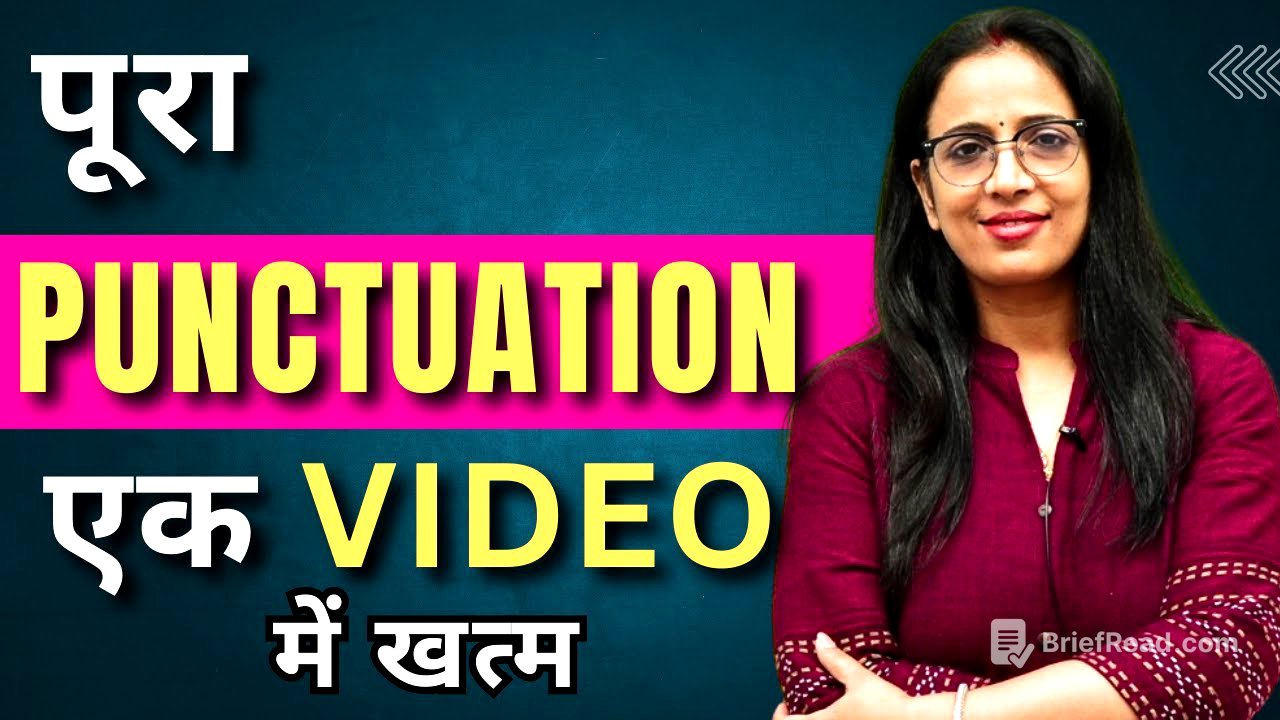
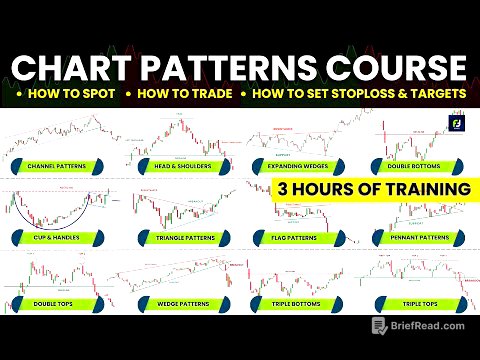


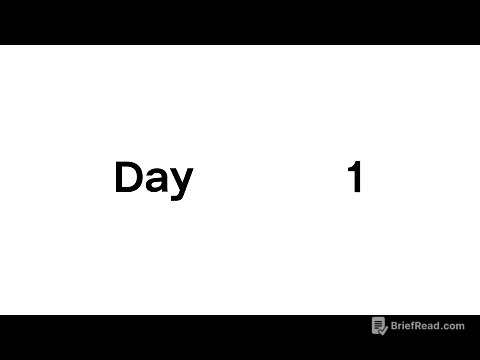

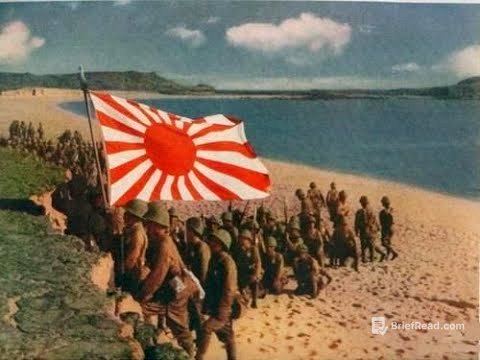

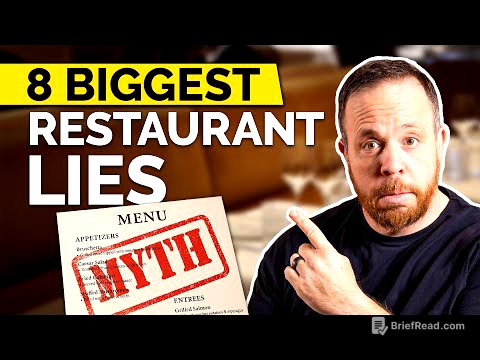
![[Full Lecture] Whisperings of the Postmodern World | Nouman Ali Khan | Dr. Halis Aydemir | Istanbul](https://wm-img.halpindev.com/p-briefread_c-10_b-10/urlb/aHR0cDovL2ltZy55b3V0dWJlLmNvbS92aS9kLTk5alhCVk5GOC9ocWRlZmF1bHQuanBn.jpg)